With the increasing popularity of natural cosmetics, there are several challenges that arise when it comes to defining what “natural” actually means, ensuring the quality of the ingredients used, and formulating products that are effective and safe. As more consumers seek out natural options for their skincare and beauty needs, there is a growing need for clear and consistent standards in the industry to ensure transparency and trust. From navigating the complex world of natural ingredients to balancing efficacy with sustainability, natural cosmetics present a unique set of challenges that require careful consideration and expertise to overcome.
The Varied Meanings of “Natural” in the Cosmetics Industry
According to the Oxford Advanced Learner’s Dictionary, the term “natural” refers to anything that exists in nature and is not created or caused by humans. By this definition, no cosmetic product or ingredient could be labeled as “natural” since all have undergone some level of processing by humans.
However, in the cosmetics industry, the term “natural” has been defined by various organizations such as COSMOS, Natrue, and the recent ISO standard 16128. These definitions are not always aligned with each other, leading to confusion about what constitutes a “natural” ingredient or product. Depending on the standard applied, the requirements for an ingredient or product to be classified as “natural” can vary significantly.
As consumers increasingly seek out natural options for their cosmetics, the lack of consistent definitions and standards can be problematic. Without clear guidelines, companies may make misleading claims about the naturalness of their products, and consumers may have difficulty distinguishing between genuinely natural options and those that are not. Therefore, it is important for the cosmetics industry to establish more precise and universally recognized definitions of what it means for a product or ingredient to be “natural.”
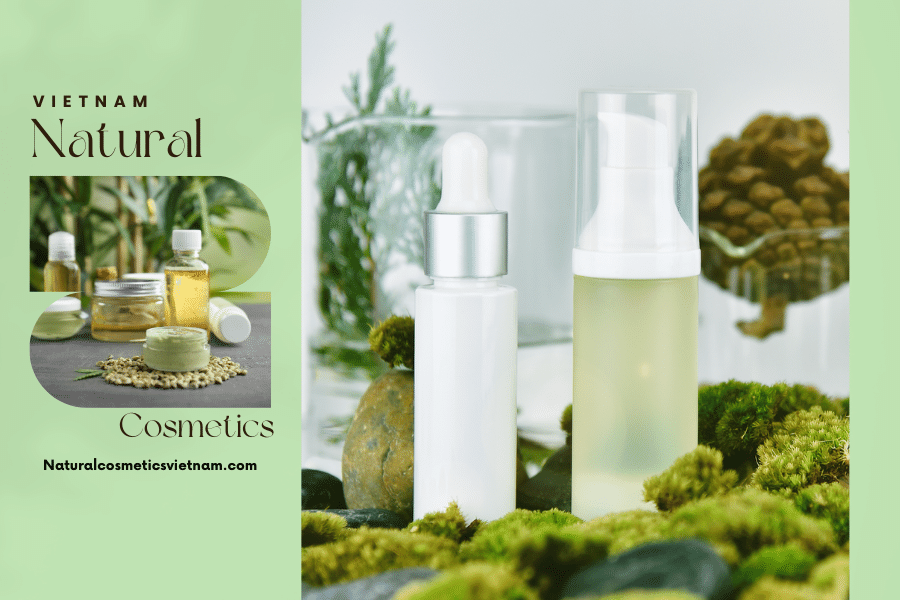
Different Standards Define “Natural” Ingredients in Various Ways
The definition of a “natural” ingredient can vary slightly depending on the standard used:
“Natural” according to COSMOS
The COSMOS standard, which stands for “COSMetic Organic Standard,” was established by five European organizations in 2010 as a means of defining what constitutes a natural or organic cosmetic product. The standard includes a number of criteria, including requirements for ingredients, processing methods, and packaging, as well as guidelines for labeling and marketing.
One of the key aspects of the COSMOS standard is its definitions of natural and non-natural ingredients. Natural ingredients, as defined by COSMOS, include water, minerals, and ingredients of mineral origin, as well as agriculturally derived ingredients that have undergone physical processing such as drying or milling, and chemically processed agro-ingredients that are entirely derived from the aforementioned sources.
To further clarify its definitions, COSMOS has established two specific categories for ingredients: “natural origin” and “NNI,” or non-natural ingredient. The natural origin category includes all the ingredients mentioned above, while the NNI category is used to identify ingredients that are not considered natural according to COSMOS standards.
It is worth noting that petrochemically derived ingredients are explicitly excluded from the natural category according to COSMOS standards. By setting such specific definitions, COSMOS seeks to provide greater clarity and transparency in the labeling and marketing of natural cosmetic products. By limiting the use of certain ingredients, the standard aims to ensure that products marketed as natural are genuinely so, and not misleading to consumers.
Of course, as with any standard, there may be some variation in how these definitions are applied. Other organizations, such as Natrue and the ISO 16128 standard, have their own definitions of natural and non-natural ingredients, which may differ slightly from those used by COSMOS. However, overall, these definitions provide a useful framework for understanding the composition of natural cosmetic products and are a valuable tool for consumers seeking to make informed choices about the products they use.
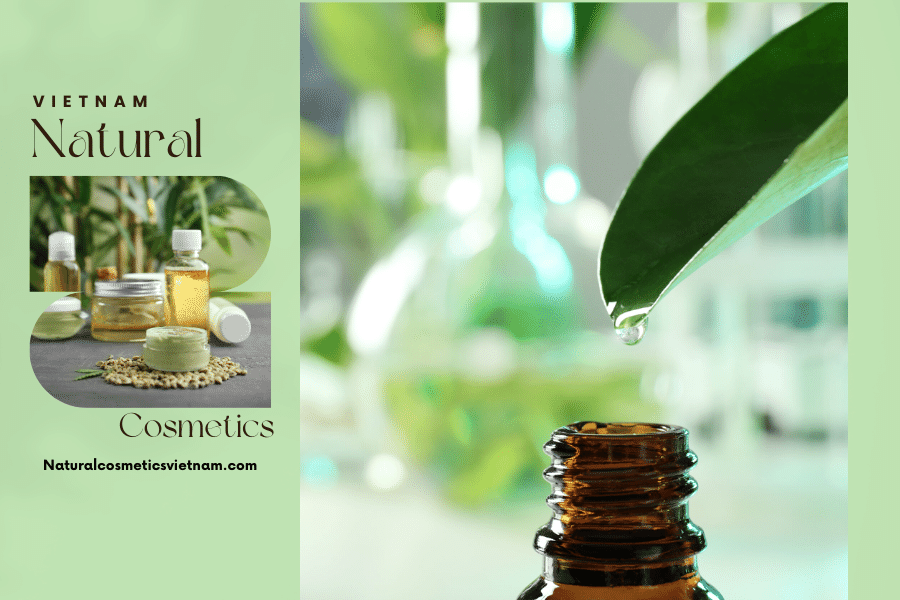
“Natural” according to Natrue
The Natrue standard, which was established in 2007 by an international group of natural and organic cosmetics manufacturers, has its own definitions of natural and non-natural ingredients. In its current version 3.8, the standard defines natural ingredients as individual substances or mixtures of botanic, inorganic-mineral, and animal origin materials, with the exception of dead vertebrates that have been physically processed or extracted/purified/further processed with a substance listed in one of the permitted processing agents in one of the annexes to the standard.
Natrue also permits enzymatic and microbiological modifications as processing methods and makes specific reference to natural fragrances, as well as the treatment with ionizing radiation and bleaching agents. It is important to note that these methods are subject to specific restrictions and limitations to ensure that the resulting ingredients remain as natural as possible.
Furthermore, a new Natrue standard (version 3.9) is set to come into force on January 1st, 2021. While the exact details of this updated standard are not yet widely known, it is expected to provide further clarity and guidance on the use of natural and non-natural ingredients in cosmetics products.
As with the COSMOS standard, the Natrue standard aims to provide greater transparency and accuracy in the labeling and marketing of natural cosmetic products. By establishing clear definitions and guidelines for the use of ingredients and processing methods, the standard seeks to protect consumers from misleading claims and promote the use of genuinely natural ingredients in cosmetics products.
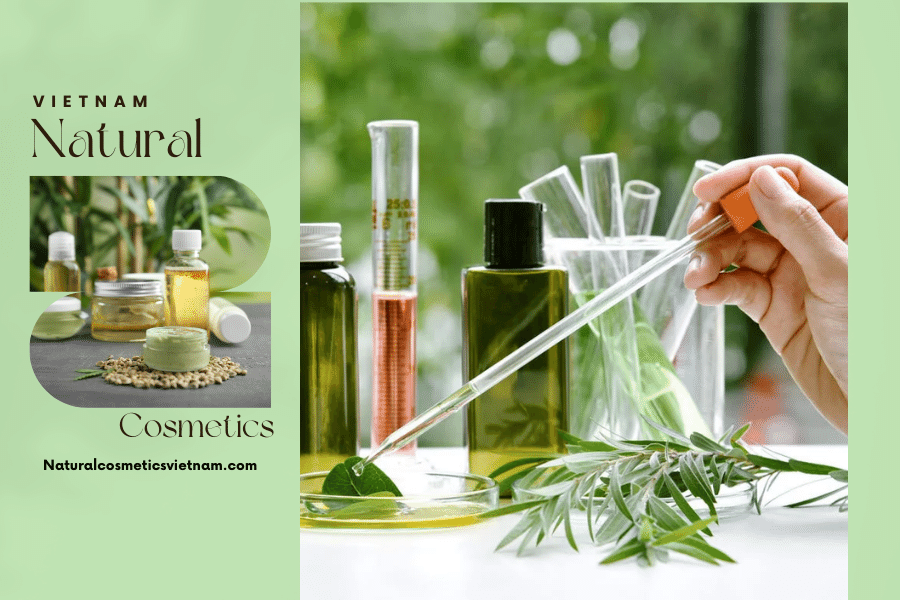
“Natural” according to ISO 16128
ISO 16128-1 is a standard that provides guidance on the use of natural and organic ingredients in cosmetics products. The standard defines natural ingredients as those obtained from plants, including fungi and algae, animals, micro-organisms, or minerals. Additionally, ISO 16128-1 specifies the methods that can be used to process these materials, including physical processes and fermentation, which can lead to molecules that occur naturally.
Other processes, such as solvent extraction, may also be considered natural as long as the intention of the extraction does not involve any chemical modification and the process complies with a description listed in Annex A of the standard. The standard also explicitly excludes any ingredients obtained from fossil fuels and includes ingredients originating from genetically modified plants under certain circumstances.
In line with other standards, such as the Natrue standard, natural fragrances are specifically mentioned in ISO 16128-1. By providing such detailed guidance on the use of natural ingredients and processing methods, the standard aims to ensure that cosmetics products marketed as “natural” are genuinely so and meet consumers’ expectations. However, as with any standard, there may be some variation in how its definitions and guidelines are applied, so it is important to consult the specific requirements of each standard when formulating cosmetics products.
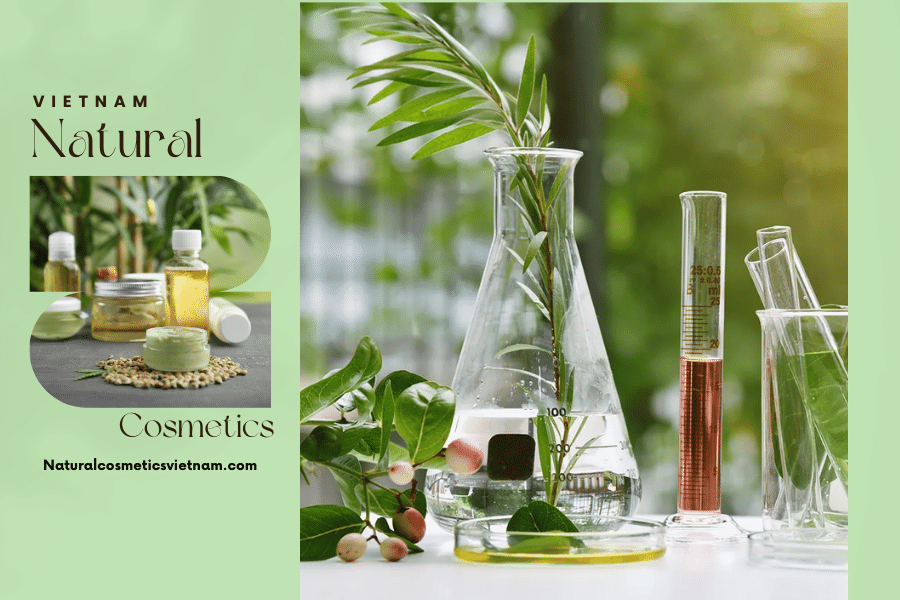
What is the meaning of “naturally derived” ingredients?
Although the definitions of “natural” and “naturally derived” ingredients are already outlined by the COSMOS and Natrue standards for natural substances, the ISO 16128 standard provides further clarification and distinction between the two categories.
Specifically, the ISO standard takes into account the molecular weight of the ingredient as a determining factor. According to ISO 16128-1, a “derived natural ingredient” is a cosmetic ingredient in which over 50% of the molecular weight can be accounted for by “natural origin” (as defined under “natural”) or by renewable carbon content if introduced by a chemical modification process as described in Annex B of the standard.
Annex B provides a list of modification reactions commonly used by organic chemists to structurally modify organic molecules. Therefore, an ingredient can be considered “naturally derived” if by molecular weight, more than half of the ingredient molecule can be accounted for as “natural” or as chemically modified by acceptable procedures with the use of renewable-source-derived carbon moieties.
This distinction between natural and naturally derived ingredients provides a clearer understanding of the composition of cosmetics products, allowing consumers to make more informed choices about the products they use. It also allows cosmetic manufacturers to more accurately label their products, providing transparency and building trust with consumers.
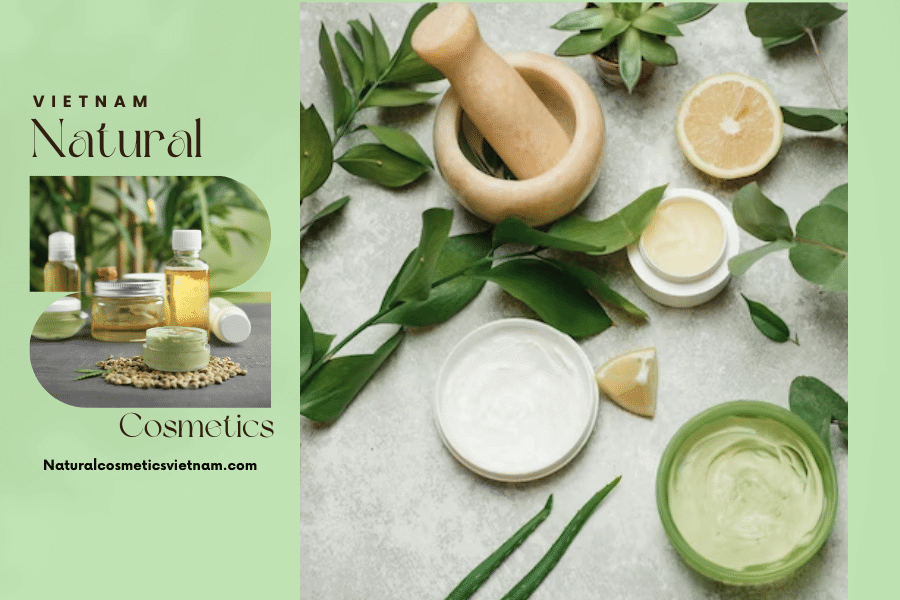
The Benefits and Advantages of Using Natural Ingredients in Cosmetics
Natural ingredients offer several undisputed advantages over their synthetic counterparts in cosmetics. Many molecules found in nature are incredibly complex, making it difficult to synthesize them in a laboratory setting, even with the help of microorganisms and fermentation. As a result, it is near impossible to recreate these natural molecules as a nature-identical material.
Certain natural ingredients, such as essential oils, waxes, and butters, are highly complex mixtures of hundreds of molecules that cannot be recreated adequately in a laboratory setting. The natural processes of biosynthesis are irreplaceable and superior in this regard, offering unique benefits that cannot be replicated by synthetic alternatives. For example, natural oils like argan oil and jojoba oil are highly valued for their nourishing and moisturizing properties, making them ideal for use in cosmetics products.
Natural waxes and butters, such as beeswax and shea butter, offer several benefits for the skin and hair. Beeswax is a natural emollient that helps to soothe and soften the skin, while shea butter is rich in vitamins and fatty acids that help to moisturize and protect the skin from damage.
Overall, the benefits of natural ingredients in cosmetics are clear. Natural ingredients offer unique benefits that cannot be replicated by synthetic alternatives, including complex molecular compositions, superior performance, and sustainability. As more consumers prioritize natural and organic products, we can expect to see even more innovative uses of natural ingredients in the cosmetics industry in the years to come.
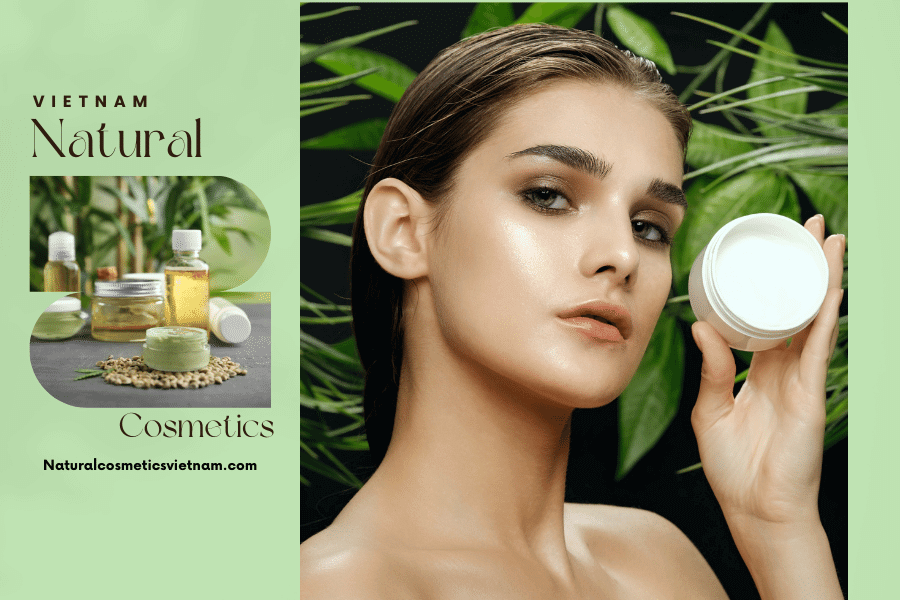
Formulation and Product Challenges in Natural Cosmetics
Challenges in Controlling the Production Process of Natural Ingredients
Natural ingredients have become increasingly popular in the cosmetics industry, with many consumers opting for products that are labeled as “natural” or “naturally derived”. However, the production process for these ingredients can present several challenges for manufacturers, especially when it comes to controlling the quality and composition of these ingredients.
One of the main challenges of “naturals” is their required origin, which defines what constitutes a “natural” ingredient or product. These ingredients are often found in nature or are required to be derived from agro-ingredients, making it difficult to control the production process. Fluctuating agricultural conditions such as temperature, UV-exposure, humidity, and soil conditions can further complicate matters, as they can impact the composition and quality of “natural” and “naturally derived” ingredients. For manufacturers, the challenge lies in ensuring consistency in the quality and composition of these ingredients. Any fluctuations in the raw materials can lead to variations in the final product, making it difficult to reproduce consistently high-quality products. This challenge is compounded by the fact that many consumers expect natural products to be consistent in their quality and performance, which can be difficult to achieve.
Another challenge associated with natural ingredients is their biological burden or potential for microbiological contamination. Common sterilization methods, such as ionizing radiation or bleaching, may be restricted due to the requirements for obtaining a “natural” certification or claim justification. This can make it difficult to ensure the safety and stability of natural products, especially if they are not adequately preserved.
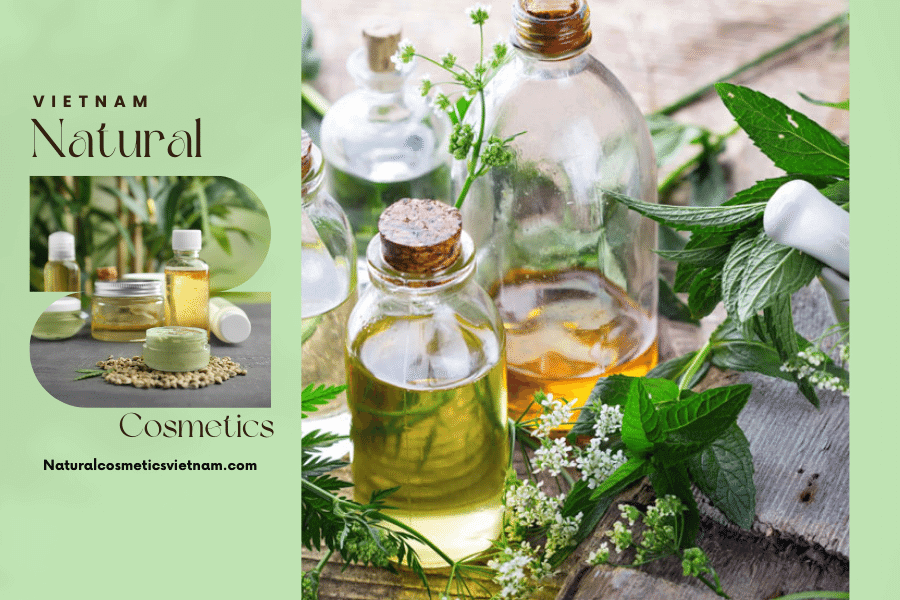
Despite these challenges, the use of natural ingredients is becoming increasingly popular in the cosmetics industry, and manufacturers are finding innovative ways to address these issues. For example, some manufacturers are working closely with their suppliers to establish quality specifications and control parameters for raw materials. Others are using advanced production techniques to minimize fluctuations in the quality and composition of natural ingredients.
In conclusion, the challenges associated with “naturals” are complex and require careful consideration from manufacturers. While the production process can be difficult to control, manufacturers must find ways to ensure consistency in the quality and performance of natural ingredients. With the right approach, natural ingredients can provide a high-quality and sustainable alternative to synthetic ingredients, meeting the expectations of consumers while also addressing environmental concerns.
Microbiological Challenges in Natural Certification
The use of “natural” ingredients in cosmetics and personal care products is increasingly popular among consumers. However, ensuring the safety and quality of these ingredients can be a challenge. One of the challenges is the potential for microbiological contamination, which can be a safety risk for consumers. Common sterilization methods, such as ionizing radiation or bleaching, can be effective in reducing microbiological contamination but may not be acceptable for use in “natural” products. This creates a dilemma for formulators who want to use natural ingredients but also want to ensure the safety and quality of their products. Some certification standards, such as COSMOS and NNI, have strict requirements for the use of natural ingredients, including limitations on the use of certain sterilization methods. This can make it difficult for formulators to obtain certification or claim justification for their products.
One approach to addressing this challenge is to use alternative sterilization methods, such as steam or heat treatment. These methods may be more acceptable for use in “natural” products but may not be as effective in reducing microbiological contamination. Another approach is to source ingredients from reputable suppliers who have strict quality control measures in place to minimize the risk of contamination.
Ensuring the safety and quality of “natural” ingredients is a complex challenge for formulators. While the use of common sterilization methods may be effective in reducing microbiological contamination, it may not be acceptable for use in “natural” products. Formulators may need to explore alternative sterilization methods or work with reputable suppliers to ensure the safety and quality of their ingredients.
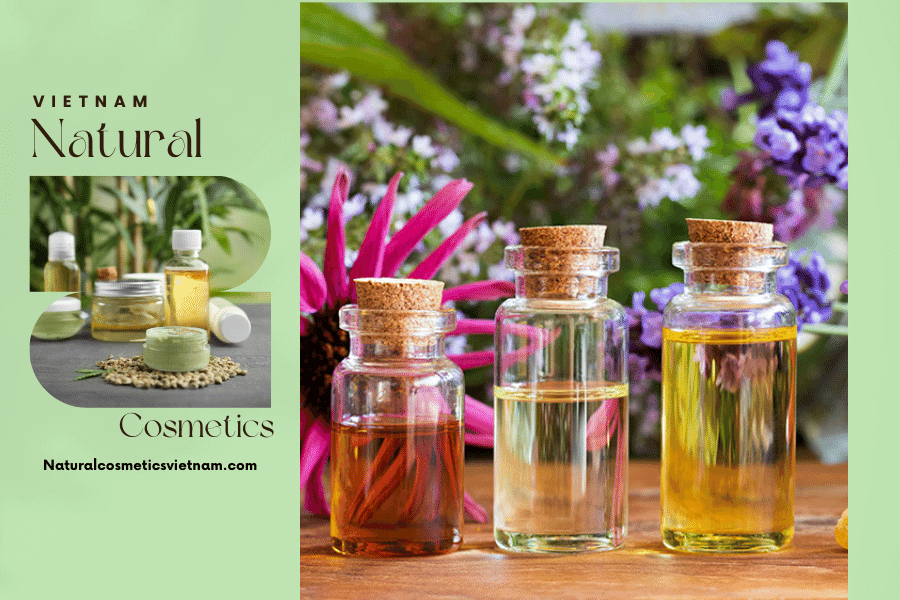
Adequate Preservation: Balancing Safety and Natural Claims
The increasing demand for natural and organic products has resulted in a surge of “natural” or “naturally derived” ingredients in various consumer goods, including cosmetics. While the use of these ingredients may sound promising, it poses certain challenges, especially when it comes to preserving the product and ensuring its safety.
One of the main challenges of using natural ingredients is the lack of control over their production process. Fluctuating agricultural conditions like temperature, UV-exposure, humidity, and soil conditions can significantly affect the quality and composition of “natural” and “naturally derived” ingredients, making it difficult to control and reproduce. Additionally, the use of commonly used sterilization methods such as ionizing radiation or bleaching can be restricting factors in obtaining a “natural” certification or claim justification. The use of natural ingredients without the adequate use of preservatives can pose health risks for consumers and stability challenges for formulators. Certain standards limit the use of certain preservatives to obtain their stamp, making it challenging to strike a balance between safety and the label claim.
The cosmetic industry must ensure that the products they produce using natural ingredients are safe for consumers. Preservation is vital in ensuring the safety and longevity of cosmetic products, and the use of natural preservatives such as essential oils and plant extracts should be explored. It is also essential to adhere to regulatory requirements and standards when it comes to the use of preservatives in cosmetic products.
While the use of natural ingredients in cosmetics is promising, it poses various challenges, especially when it comes to preserving the product and ensuring its safety. The cosmetic industry must ensure that the products they produce using natural ingredients are safe and adhere to regulatory requirements and standards.
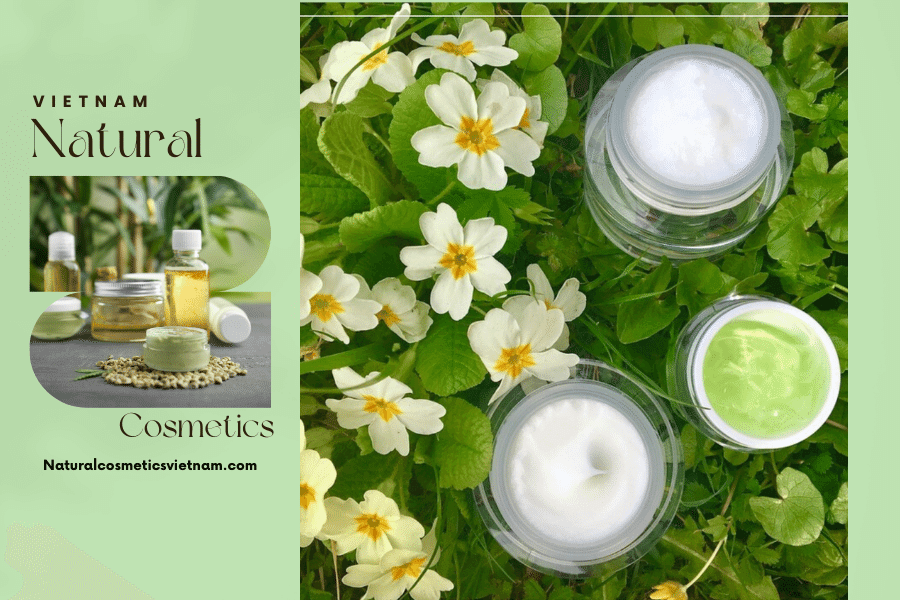
The Challenge of Complexity in Formulating with Natural and Naturally Derived Ingredients
The concept of “natural” ingredients is becoming increasingly popular in the cosmetics industry. However, with this trend comes a range of challenges that formulators must navigate in order to create effective and safe products. One such challenge is the complexity of certain “natural” and “naturally derived” ingredients. As the number of constituents in a material grows, so too does the complexity and challenge for the formulator. This can pose significant difficulties in terms of product development, as the potential for incompatibilities within a formulation or with packaging components increases. What may appear to be the simplicity of nature to marketers and consumers can actually be a source of complexity and challenge in the laboratory.
Furthermore, the use of these complex ingredients can also present challenges in terms of stability and preservation. The inclusion of a large number of constituents in a material can make it more susceptible to degradation, which can compromise the safety and efficacy of the final product. This is particularly concerning when certain standards limit the use of certain preservatives in order to obtain their certification.
While the trend towards “natural” ingredients is understandable, it is important to recognize the challenges that come with working with complex materials. Formulators must be prepared to navigate these challenges and work diligently to create safe and effective products that meet the needs and expectations of consumers.

Key Considerations for Developers of Natural Products
Variations in Standards for Natural Cosmetics
Developers of natural products should be aware of the differences in definitions between “natural” and “naturally derived” ingredients and how each standard describes these terms. Familiarity with these variations can help ensure compliance with industry regulations and prevent misunderstandings or misrepresentations of products.
One way to navigate these differences is to select a single standard to follow throughout the product development process. This approach can help ensure consistency and coherence in product development, as well as provide a clear framework for product communication.
Additionally, it is important for developers to stay up-to-date with changes and updates to industry standards. As the field of natural cosmetics continues to evolve, standards and regulations may change, which can impact the development and marketing of natural products.
By remaining aware of the variations in standards for natural products and staying informed about industry developments, developers can create high-quality, compliant natural products that meet the needs and expectations of consumers.
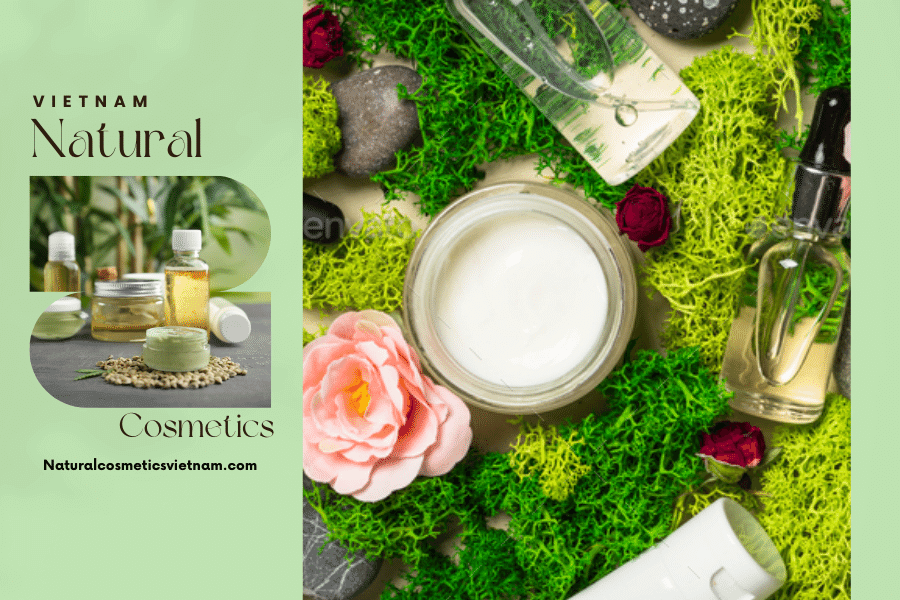
Challenges of Varying Quality and Incompatibilities
Developers of natural products face challenges related to the varying quality of individual raw materials, which can depend on their origin, supplier, or time of harvest. In addition, incompatibilities and product stability can also pose challenges when formulating with natural ingredients.
Awareness of these potential challenges before embarking on the product development process can be helpful in managing expectations and ensuring quality assurance. Formulating with natural ingredients requires additional considerations, and product developers must be prepared to address these challenges in order to create high-quality products.
To address quality fluctuations, developers can work to establish strong relationships with reliable suppliers and monitor the quality of raw materials throughout the production process. In addition, careful selection of ingredients and testing for compatibility can help prevent stability issues.
Ultimately, product developers must balance the benefits of using natural ingredients with the challenges associated with formulating and producing natural products. By staying informed about the latest industry developments and best practices, developers can create natural products that meet consumer demand for high-quality, sustainable, and effective cosmetic solutions.
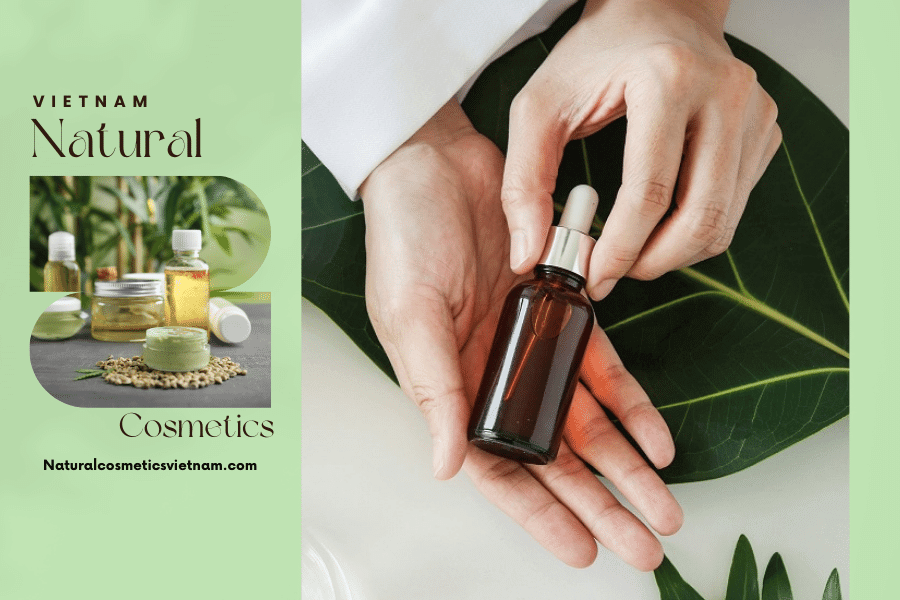
Ensuring Safety and Preservation
Developers of natural products must be aware of the need for adequate preservation and microbiological quality in order to create safe products for consumers. This is especially important given the potential risks associated with using natural ingredients without the proper use of preservatives.
Ensuring microbiological safety requires careful selection of preservatives and adherence to industry regulations regarding their use. However, certain standards may limit the use of certain preservatives in order to maintain the “natural” claim of the product, which can pose challenges for developers. In these cases, alternative preservation methods, such as the use of natural preservatives or the implementation of strict manufacturing processes, may need to be considered.
In addition to preservation, product developers must also consider other safety concerns associated with natural ingredients, such as the risk of allergic reactions or sensitivities. Developers must be diligent in testing and assessing potential risks associated with each ingredient, as well as monitoring consumer feedback and reports of adverse reactions.
Ensuring safety and preservation in natural products requires a thorough understanding of the risks associated with natural ingredients and the use of effective preservation methods. By prioritizing safety and adhering to industry regulations, developers can create high-quality natural products that meet the needs and expectations of consumers.
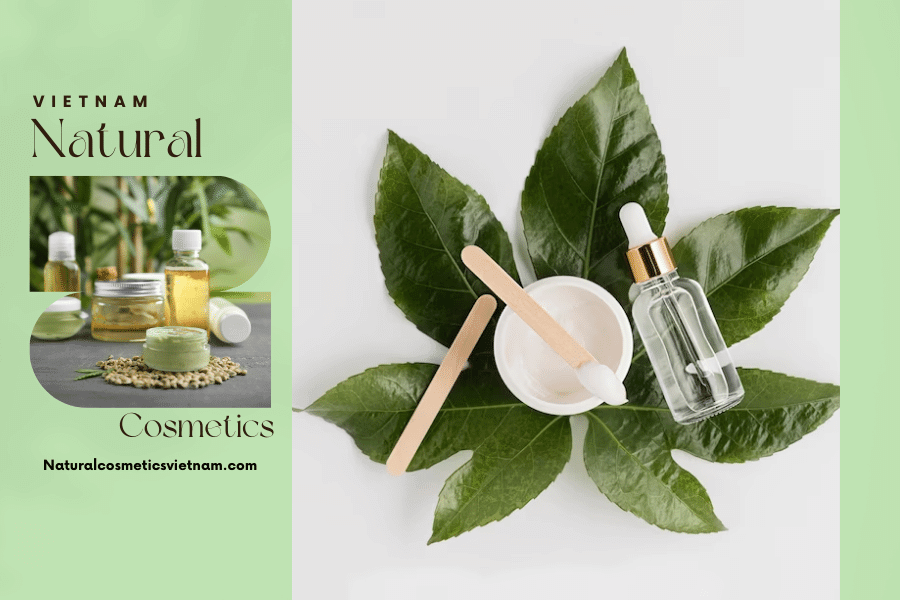
Calculating the Percentage of Natural Ingredients
In order to make claims about the percentage of natural ingredients in a product, it is important for developers to understand the various methods for calculating this percentage. The ISO standard ISO 16128-2 provides specific criteria for calculating the percentage of natural ingredients, which should be taken into account when making claims such as “90% natural”.
It is important for brands seeking to make such claims to be aware of the different standards for natural ingredients, as well as any local regulatory requirements that may apply. Failure to accurately calculate the percentage of natural ingredients can lead to false or misleading claims, which can have negative consequences for both the brand and the consumer.
In addition to ensuring accurate calculations, it is important for brands to be transparent about their use of natural ingredients and to communicate clearly with consumers about the composition of their products. This includes providing clear and accurate labeling, as well as offering information about the sources and processing methods used for each ingredient.
By taking a thoughtful and informed approach to calculating and communicating the percentage of natural ingredients in their products, brands can build trust and loyalty with consumers who prioritize natural and organic products in their purchasing decisions.
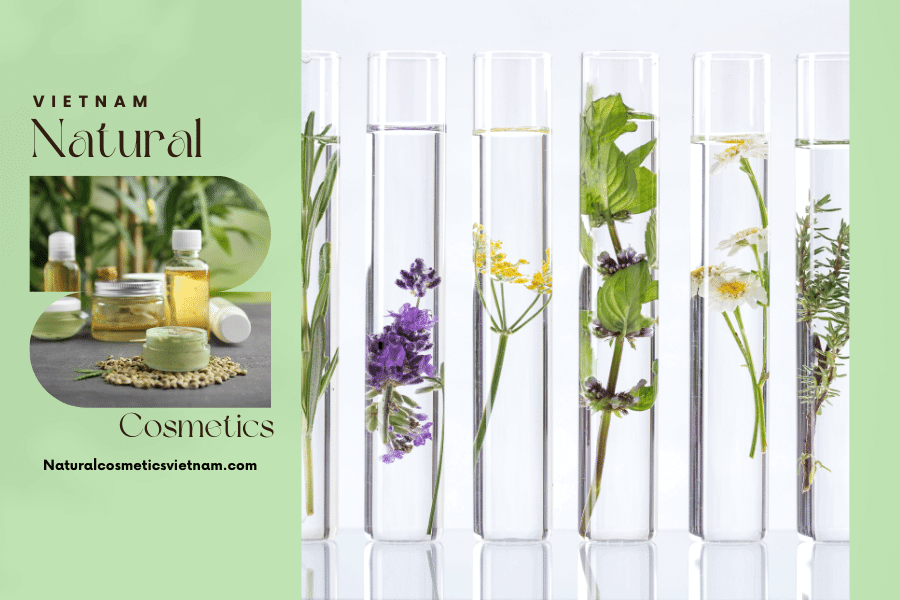
Dispelling Common Misconceptions about Natural Ingredients in Cosmetics
“Naturalness” is an alluring concept that has gained significant traction in the cosmetics industry in recent years. Many consumers see an inherent benevolence in products and ingredients that can be claimed to be “natural” or “naturally derived”. On an emotional level, it is easy to connect with nature as a force of good and the source of life itself. This can easily give rise to the perception that anything coming from nature or being naturally derived must by default be superior, more benevolent, or safer than anything man-made, synthetically derived, or processed.
However, this is an easy and probably the most widespread misconception regarding “natural” cosmetics. What is missing from this train of thought is the fact that concentration and exposure to any substance are a big part of a substance’s toxicological behavior or effects. Some of the most potent poisons can be found in nature, and even those can be used as pharmaceutical substances in certain cases if used in the right concentrations. The simple source or origin of a substance does not say anything about its safety for humans or animals.
Another misconception that often arises is that “natural” ingredients are always more effective or better than their synthetic counterparts. However, this is not necessarily true. While some natural ingredients may indeed have unique properties or benefits, others may be less effective or even harmful in certain circumstances. The efficacy and safety of any ingredient or product depend on a wide range of factors, including its chemical composition, concentration, purity, and method of formulation.
It is also important to remember that not all natural ingredients are sustainable or environmentally friendly. In fact, some natural ingredients may require significant resources or cause environmental harm during production or cultivation. It is important to consider the entire lifecycle of a product, including its ingredients and packaging, when evaluating its environmental impact.

The belief that “natural is better” often fails to take into account the environmental impact of the production process. For example, botanical ingredients derived from agriculture may have a worse environmental profile when it comes to extracting certain compounds from a plant compared to synthesizing the same molecule in a laboratory. The agricultural and physical processing steps involved in producing a “natural” or “naturally derived” ingredient, including harvesting and processing machinery, fertilizer use, water and energy consumption, may not be environmentally favorable compared to generating a “nature identical” substrate in a laboratory.
The idea that “natural is better” fails to take into account the environmental impact of extracting certain ingredients from plants versus synthesizing the same molecule in a laboratory. While nature provides the foundation for plants to grow through UV radiation, nutrients, and water from soil, as well as carbon dioxide fixation through photosynthesis, the entire process of agricultural and physical processing of “natural” or “naturally derived” ingredients including harvesting and processing machinery, fertilizer use, water, and energy consumption may result in a less environmentally friendly outcome compared to producing a “nature identical” substance in a lab. Such a substance may have the same properties as a natural or naturally derived ingredient, but it will not carry the label “natural” or “naturally derived.”
Key considerations for brands and consumers when using or purchasing natural cosmetics
It is essential for both brands and consumers to prioritize consumer safety when creating or purchasing “natural” products. This involves ensuring that the product is safe, stable, and of high quality, as well as providing adequate preservation and packaging. Claims such as “natural”, “X% natural”, or “Y% naturally derived” should not be the sole indicator of a product’s superior quality, safety, or environmental friendliness. Brands and consumers should also be aware of the potential challenges associated with natural ingredients, such as fluctuations in quality, compatibility issues, and the need for adequate preservation.

Brands that formulate with “natural” and “naturally derived” ingredients need to pay extra attention to the specifications of their raw materials, including microbiological content and heavy metal specifications. It is important for them to keep accurate records of Safety Data Sheets and Certificates of Analysis for all ingredients. By doing so, they can ensure that their products are safe and of high quality, which is crucial for consumer satisfaction and brand reputation. In addition, maintaining strict quality control standards will help minimize the risk of any adverse effects from the use of these ingredients.
It is important to be aware of the standards being applied for claims of “natural” and “naturally derived” ingredients as this can have significant implications for the product and its formulation, as discussed earlier. Brands should take care to understand the specific criteria laid out by different standards and ensure that their products meet these requirements. This can help to avoid any potential confusion or legal issues around false or misleading claims.
More information
COSMOS
COSMOS (COSMetic Organic Standard) is a globally recognized certification organization for natural and organic cosmetics. It was established in 2010 by five major European certification bodies and has since gained international recognition. COSMOS provides certification for natural and organic cosmetic products that meet their strict standards, which include requirements for ingredient origin, processing, and packaging.
In addition to certifying individual products, COSMOS also offers certification for manufacturers of natural and organic cosmetics, ensuring that their entire production process meets the organization’s standards. This includes requirements for sustainability, environmental responsibility, and social responsibility.
COSMOS has become a leading authority in the natural and organic cosmetics industry, with their standards being adopted by many major brands worldwide. The organization continues to evolve and update its standards to keep pace with changing industry practices and consumer expectations.

ISO
ISO stands for International Organization for Standardization, a non-governmental organization that develops and publishes international standards for a variety of industries, including cosmetics. The ISO has published a standard, ISO 16128, which provides guidelines for the definition and calculation of natural and naturally derived ingredients in cosmetics. This standard aims to harmonize definitions and calculation methods for natural and naturally derived ingredients in the cosmetics industry. ISO 16128 consists of two parts: Part 1 provides guidelines for definitions and criteria for natural and naturally derived ingredients, while Part 2 provides guidelines for the calculation of the natural origin index (NOI) and the natural index (NI) for ingredients and products. The ISO 16128 standard is not mandatory, but it can provide guidance for companies and organizations that wish to create and market natural or naturally derived cosmetic products.
NNI
“NNI” stands for “Nature-identical” or “Nature-similar” ingredients. These are synthetic ingredients that are structurally identical or similar to a natural substance found in nature. They are typically produced through chemical synthesis or fermentation using microorganisms. NNI ingredients are often used in cosmetics and personal care products as a substitute for natural ingredients that are difficult to obtain or have supply chain issues. However, NNI ingredients do not qualify as “natural” or “naturally derived” under certain standards and certifications, such as COSMOS and Natrue.

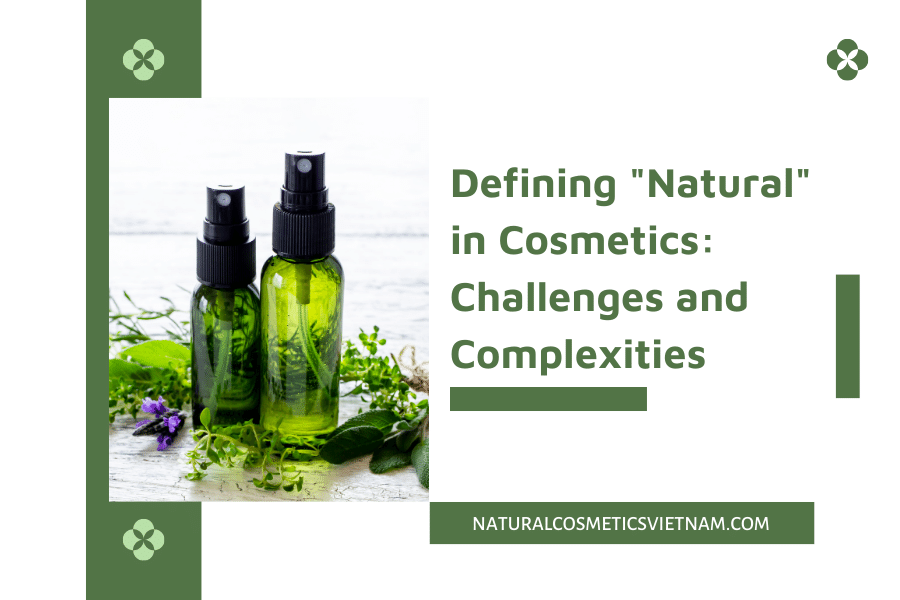








Leave a reply